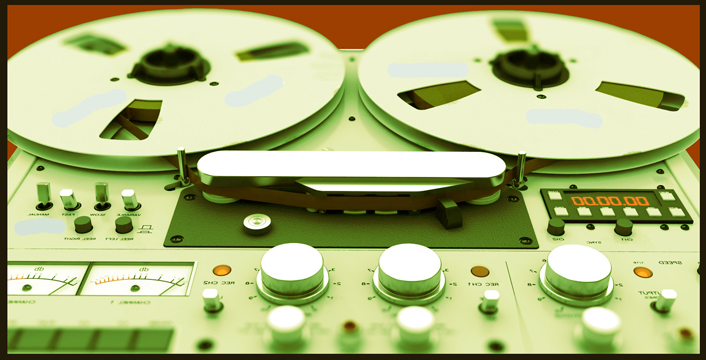
In the ever-evolving landscape of audio production, the allure of vintage tube-driven outboard gear remains as strong as ever. From the warm saturation of tube preamps to the rich harmonics of analog compressors, these iconic pieces of equipment have left an indelible mark on the world of sound recording. Despite the convenience and accessibility of digital plugins, many audio professionals argue that they simply cannot replicate the sonic quality and character of their analog counterparts. In this article, we delve into the reasons why vintage tube-driven outboard gear continues to hold a special place in the hearts of audio purists and why digital plugins struggle to compete.
First and foremost, the sonic signature of vintage tube-driven outboard gear is characterized by its warmth, depth, and musicality. Tubes, with their nonlinear response and harmonic distortion characteristics, impart a rich and organic coloration to audio signals passing through them. This warm, analog saturation is often described as adding a certain “magic” or “vibe” to recordings, imparting a sense of depth and dimensionality that is difficult to achieve with digital processing alone.
In contrast, digital plugins, while offering convenience and flexibility, often lack the same depth and character. Digital emulation algorithms may attempt to replicate the sound of analog circuitry, but they can fall short in capturing the nuances and subtleties that make vintage gear so special. The inherent linearity of digital processing, devoid of the nonlinearities and imperfections found in analog circuits, can result in a sterile and lifeless sound that lacks the warmth and musicality of its analog counterparts.
Furthermore, vintage tube-driven outboard gear is prized for its ability to impart a sense of “glue” or cohesion to a mix. Analog summing mixers, for example, combine multiple audio signals using discrete analog circuitry, resulting in a cohesive and harmonically rich blend of sounds. This analog summing process can add a sense of depth and spatial imaging to a mix, helping to glue individual elements together and create a more cohesive sonic landscape.
In contrast, digital summing, while offering pristine accuracy and precision, can sometimes sound sterile and two-dimensional. Digital summing algorithms may struggle to replicate the subtle nuances of analog summing, resulting in mixes that lack the same sense of depth and cohesion. As a result, many audio professionals prefer to mix through analog summing mixers or hybrid setups that combine the best of both analog and digital worlds.
Moreover, the tactile nature of vintage tube-driven outboard gear adds an element of inspiration and creativity to the recording process. The physical knobs, switches, and meters of analog equipment invite hands-on interaction, allowing engineers to sculpt and shape sounds in real-time. This direct, intuitive workflow can lead to spontaneous creative decisions and happy accidents that breathe life into recordings.
In contrast, digital plugins, while offering unparalleled flexibility and recallability, can sometimes feel disconnected and impersonal. Mixing with a mouse and keyboard lacks the tactile feedback and immediacy of working with analog gear, leading to a more clinical and analytical approach to audio production. While digital workflows offer undeniable benefits in terms of efficiency and convenience, they can sometimes sacrifice the creative spontaneity and inspiration that comes from working with analog equipment.
Furthermore, the longevity and reliability of vintage tube-driven outboard gear are often cited as reasons for its enduring popularity. Many vintage pieces of equipment were built to last, with rugged construction and timeless design principles that have stood the test of time. With proper care and maintenance, vintage gear can continue to deliver exceptional sonic quality for decades, if not centuries, to come.
In contrast, digital plugins are often subject to the whims of technological obsolescence. As software and hardware platforms evolve, older plugins may become incompatible or unsupported, rendering them obsolete and unusable. Additionally, the reliance on computer-based systems introduces the risk of crashes, glitches, and compatibility issues, which can disrupt workflow and compromise creativity.
In conclusion, while digital plugins offer unparalleled convenience and flexibility, they often struggle to compete with the sonic quality and character of vintage tube-driven outboard gear. The warmth, depth, and musicality imparted by analog circuitry, combined with the tactile nature of hands-on interaction, create a unique and inspiring recording experience that is difficult to replicate in the digital realm. As technology continues to advance, it is clear that vintage gear will remain a cherished tool in the arsenal of audio professionals for years to come.


Comments are closed.